This problem appears as hairline cracks when it first invades your painted walls.
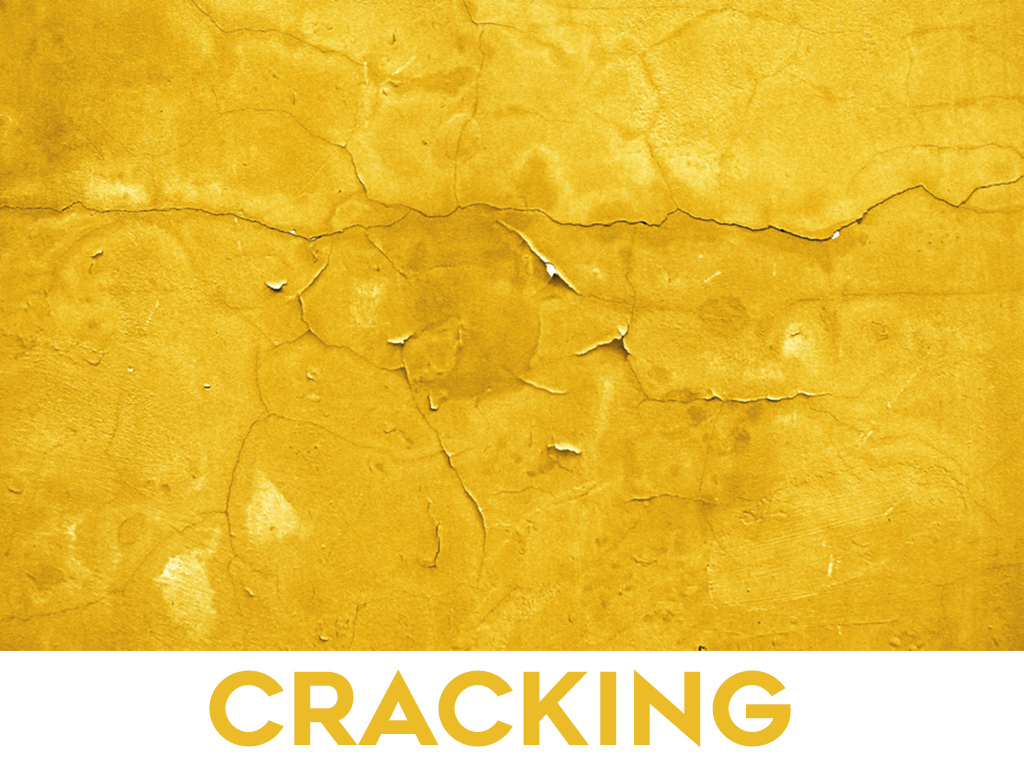
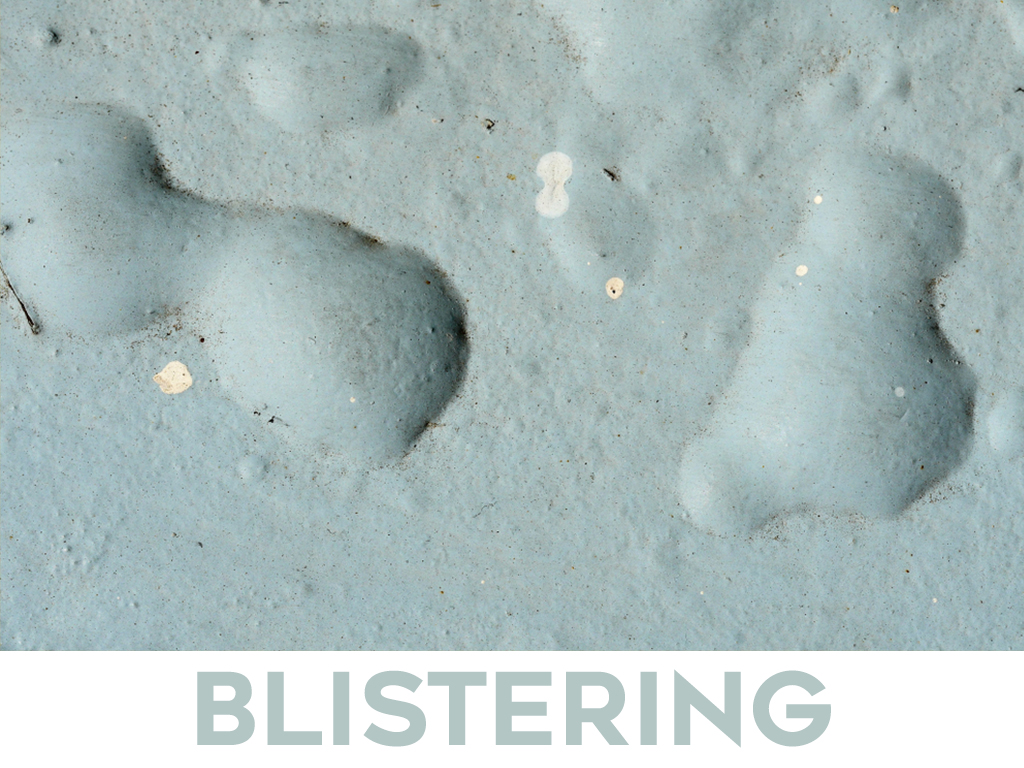
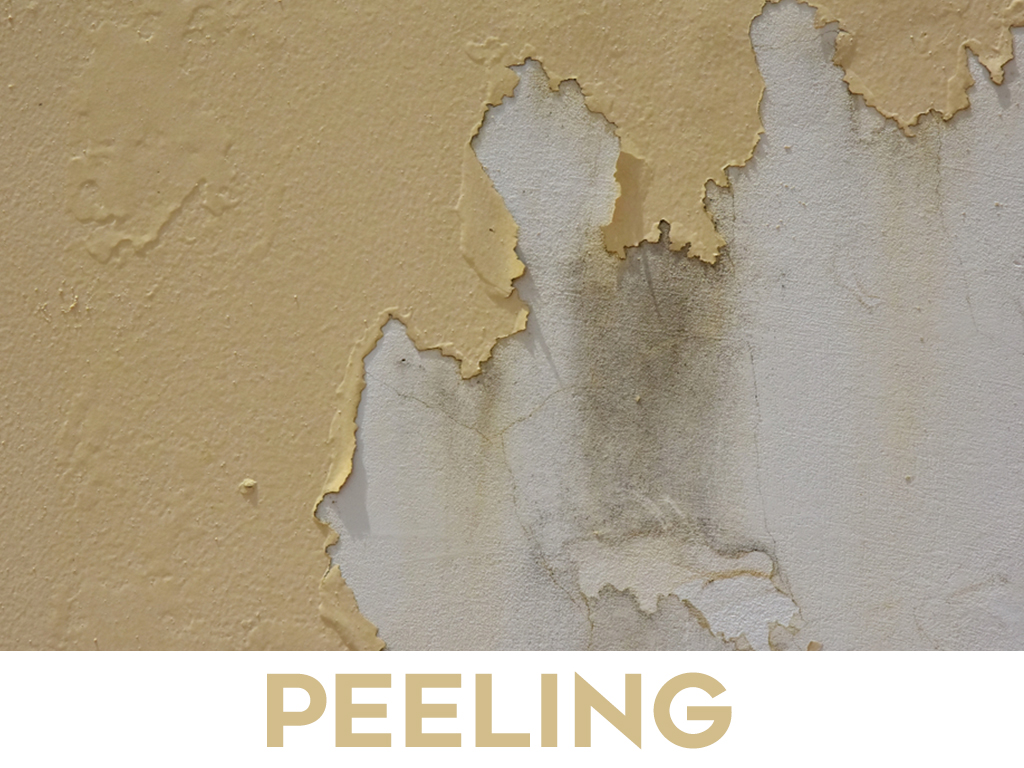
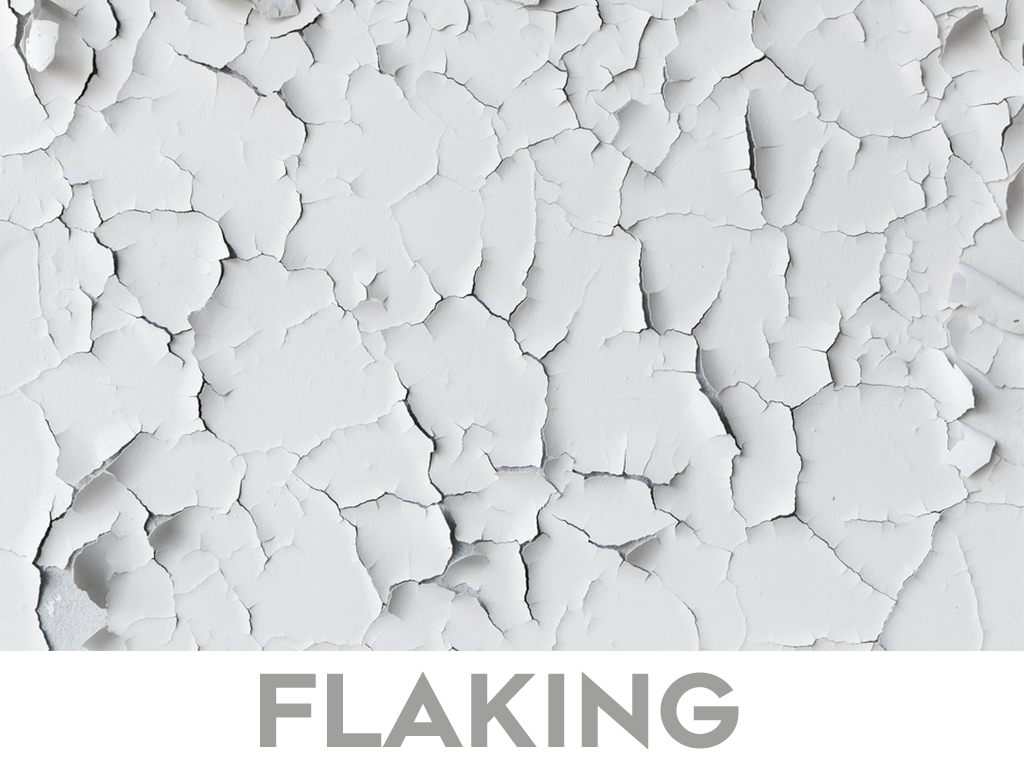
When you find cracks on your wall, identify whether it is just on the coating or the surface then proceed to solving the problem.
You found patches of white fluffs forming all over your favorite wall, and it definitely doesn’t look good. You researched about it and found out that those crusty white salt deposits are called:




Efflorescence is the mother of all painting problems. It develops when the water that had passed through a concrete wall evaporates and leaves salt behind.
In basic terms, this painting problem is a kind of fungus that lives mostly in damp, starchy and acidic environment that grows and reproduces without your knowing.
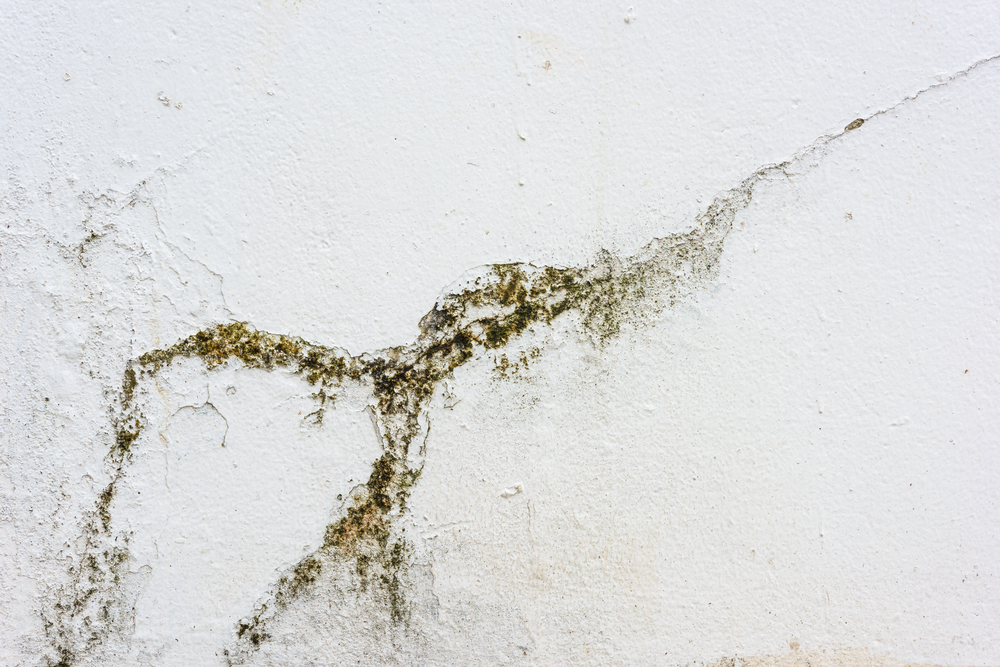




Most people get confused between efflorescence and mildew, to differentiate one from the other, look at the damage on your wall. Efflorescence usually causes the discoloration of paint while mildew invades the painted wall with dark spots.
One thing you should know about blisters is it usually form on paints with:
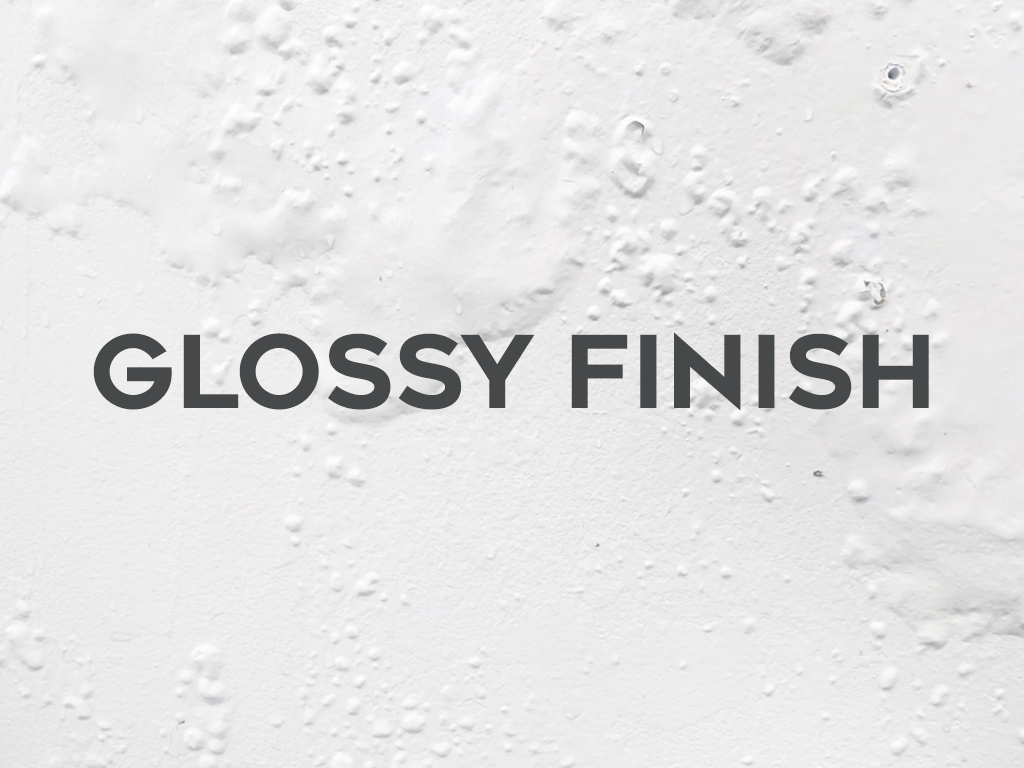
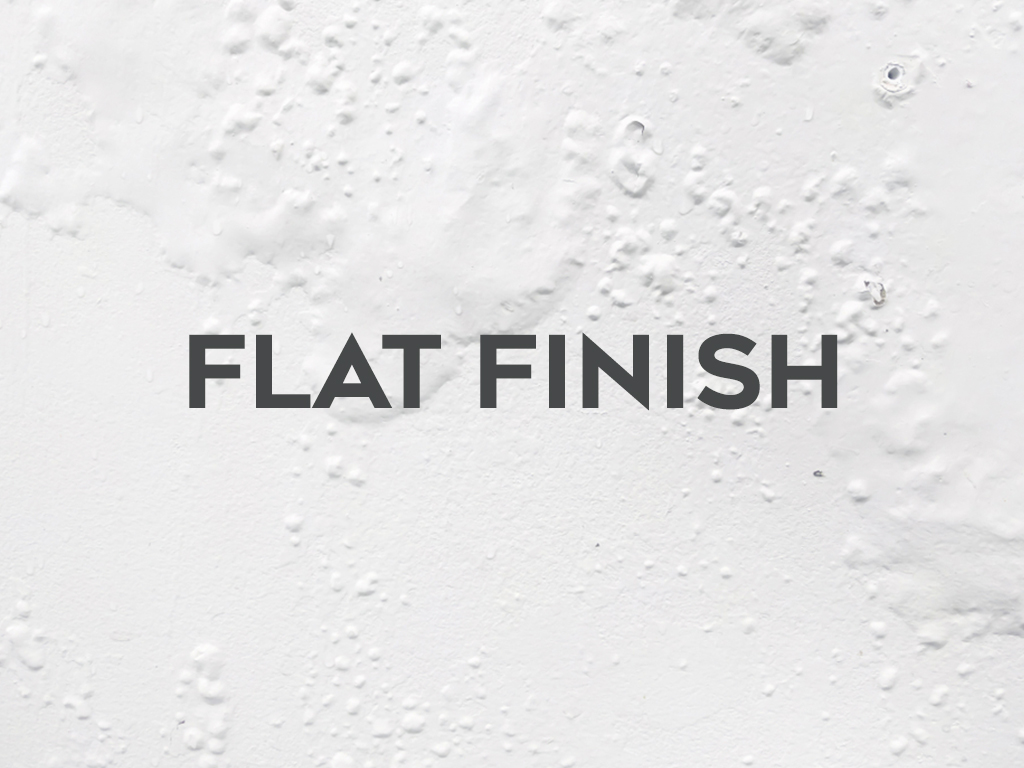
Flat finish seldom blisters. This is because paints with more gloss tend to flex with pressure which is hardly ever the case for flat finishes.
In most cases, this painting problem is an aftermath of an unresolved case of blistering.




After the paint blisters due to the lack of adhesion, it starts to come off in strips and bits - that's peeling.
There are three prevalent reasons as to why efflorescence on walls develops which are:
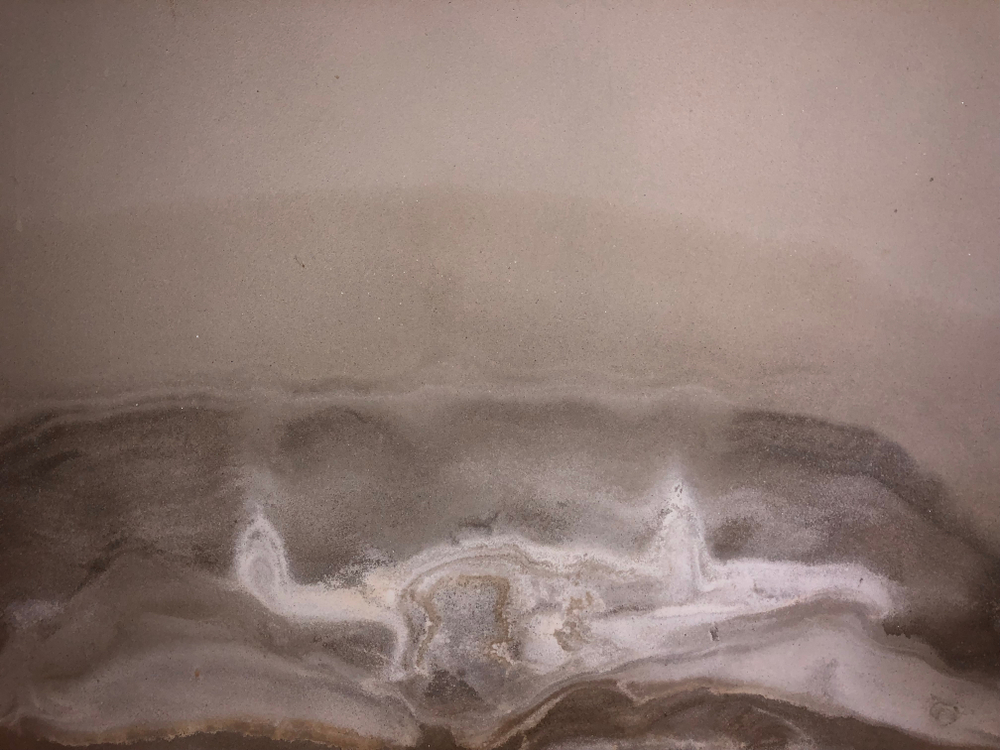




Remember! The number one cause of efflorescence is water seepage. To prevent your home from the damages, regularly check your pipes and waterways for leakage.
Which among the four choices below does not help prevent the growth of mildew?
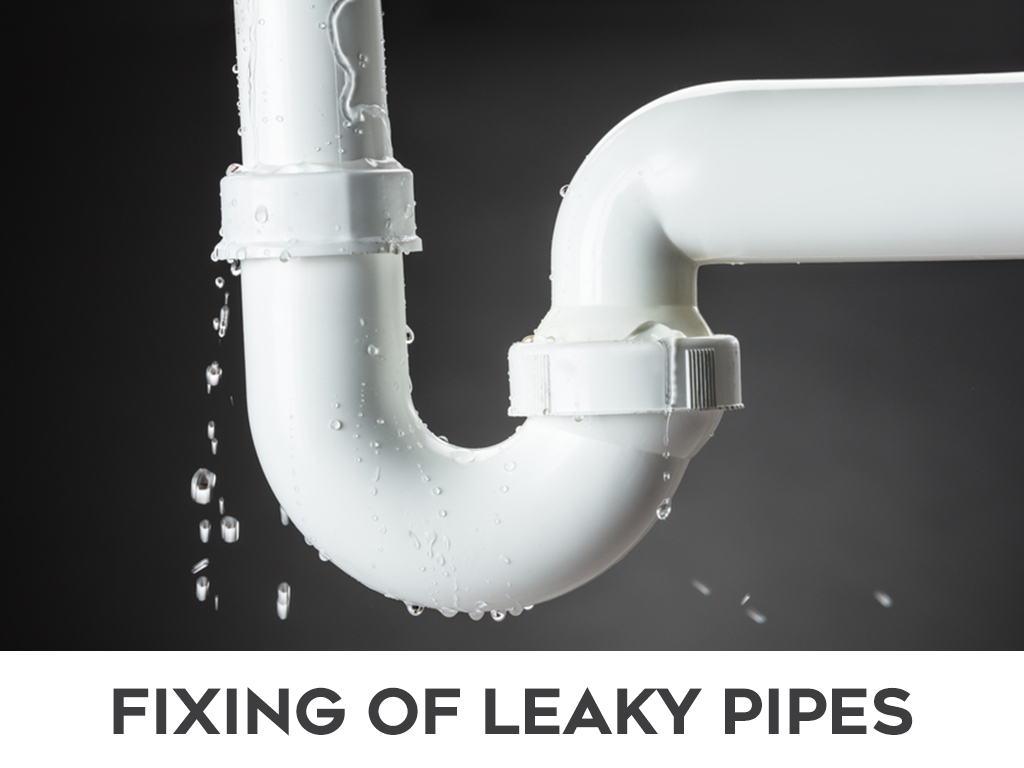
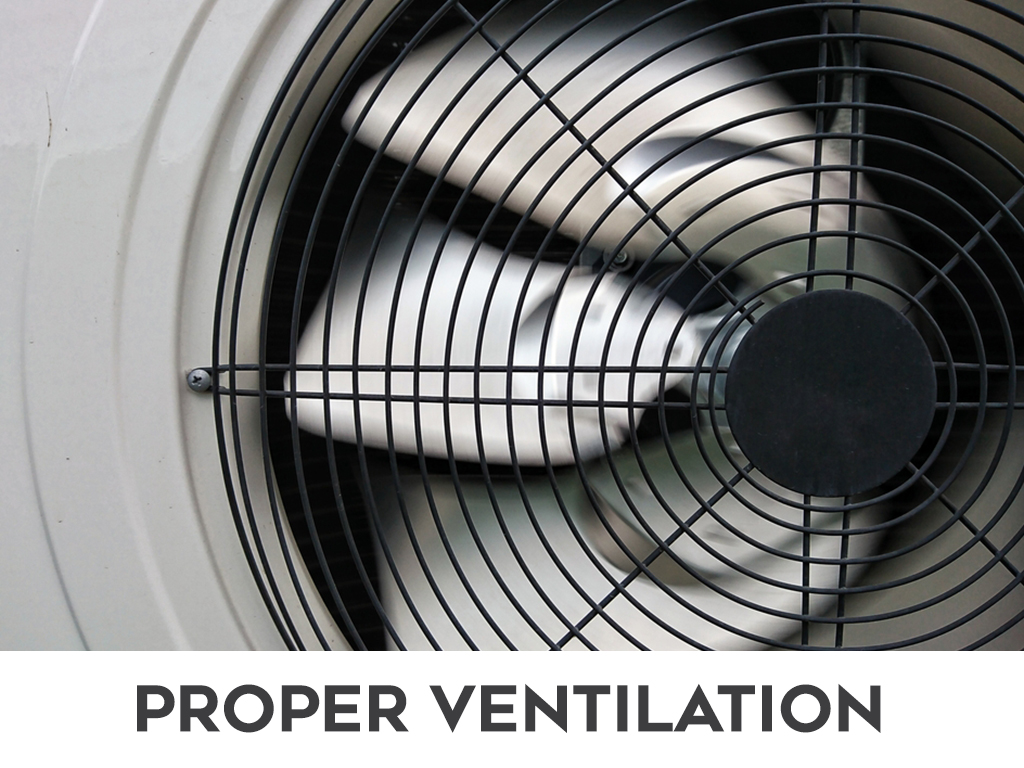
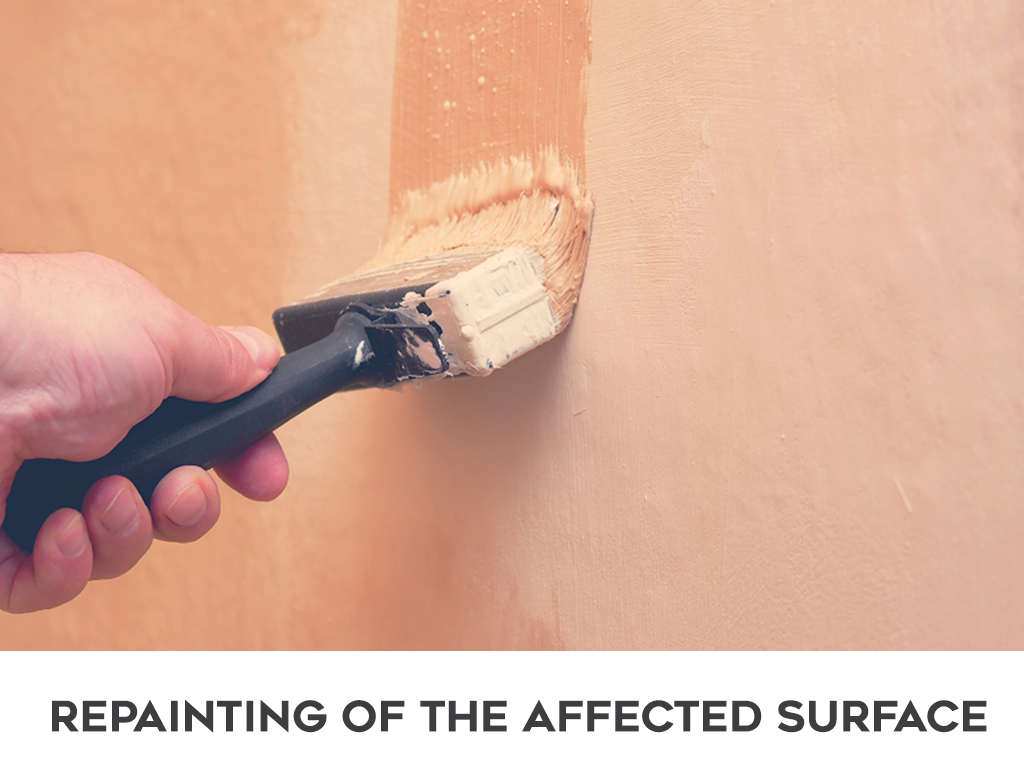
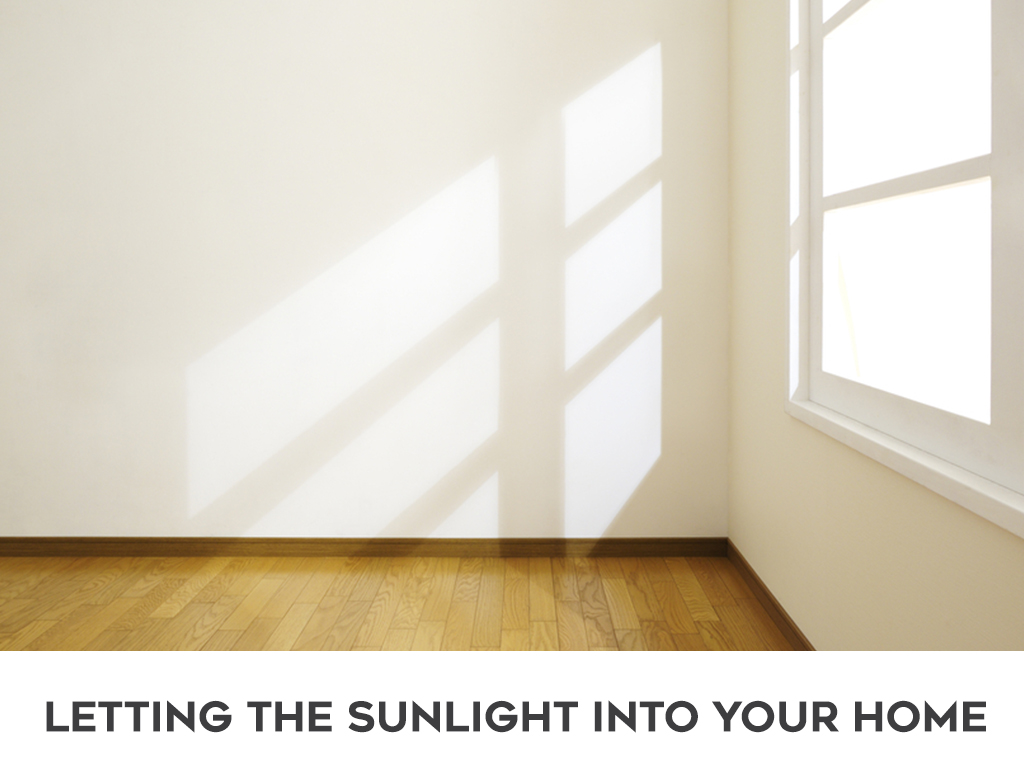
Repainting doesn't really do much if the main source of the problem is still there. Mildew will just find its way to the surface and infest the new coating.
Vinegar is the best remover for efflorescence.
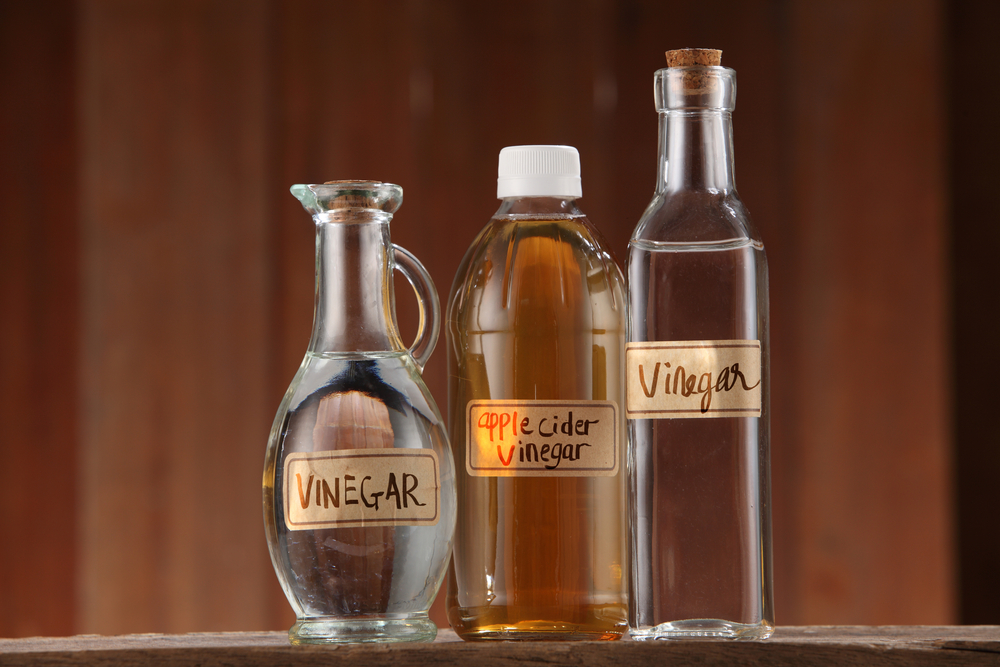


Never use vinegar to remove efflorescence. Using of the wrong liquid will only make the salt deposits resurface in no time.
The most common cause of this painting problem is moisture buildup and entrapment.




When the heat from the sun directly hits the surface, the trapped moisture turns the vapor and pushes the paint upwards but it won't go through so it stays and creates bulges on your wall -- that's blistering.
Proper surface preparation is a very important part when doing a paint job. Whether you are a professional or a DIYer, you should always spare a few minutes of your time to clean the surface, eliminate dirt particles, fill holes, and repair cracks… why?




It's All of the above, of course! Proper surface preparation is the primary and most important step to achieve an excellent paint job. Plus it will help prevent future damages on your walls.
It's like breathing, you can't go on without it.

